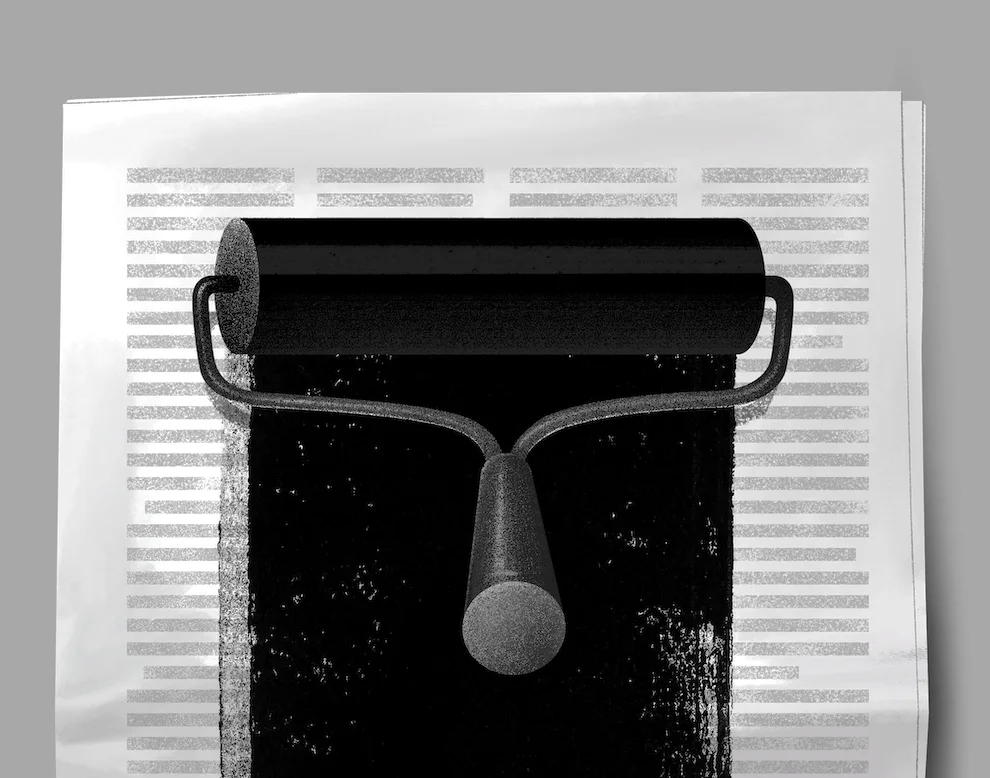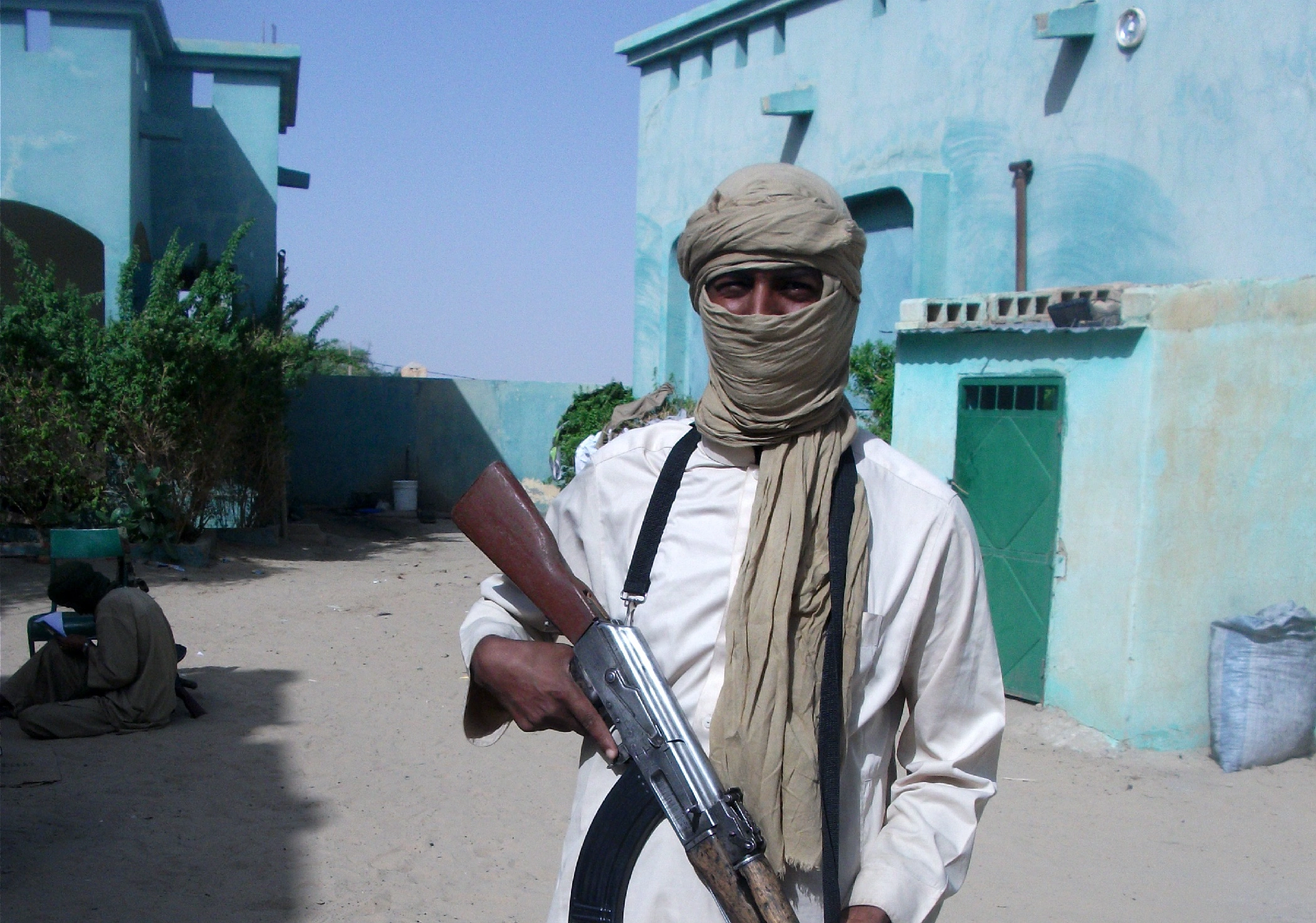Why should Pakistan, of all things, securitize disinformation when there are countless other quagmires that the country is facing, like the devastating floods and the economic crisis? On 21st September 2022, Stanford Internet Observatory published a report in which it analyzed a suspended Twitter network, with more than one thousand accounts, likely originating from India. This network had three primary goals, one of which was to target countries of the region including Pakistan and China. A closer view reveals the following major thematic discourses targeting Pakistan:
- University student protests in Balochistan
- Accused Pakistan of spreading information about the atrocities committed by the Indian army in Kashmir
- Accused Pakistani soldiers of committing human rights violations
- Pakistan is protecting terrorists
- Pakistan is unsafe for Hindus and even Muslims
- Abandoned Pakistani citizens in China during Covid-19
- Criticizing women’s rights in Pakistan
This time it is not even surprising because India has already been caught with its hand in the cookie jar when EU Disinfo Lab uncovered a hive mind of a well-coordinated network that has been involved in creating and propagating disinformation on a larger scale. There is, hence, an urgency to securitize disinformation.
Disinformation, according to a basic definition, is “false, misleading, or incomplete information that is passed, fed, or confirmed to a targeted individual, group, or a country”. Unlike misinformation or fake news, disinformation is spread through a targeted campaign; it is deliberate, and that is why it is concerning. Daniel Abbott describes 5th generation warfare as “a war of information and perception.” In contemporary times, disinformation is mainly spread through cyberspace. Cyberspace is a digital playground and the new front for 5th generation warfare where disinformation is used to formulate perceptions.
Understanding the State and National Security
In order to understand how states securitize an issue, first, we have to understand what a state is. Throughout human history, the concept of the state has evolved continuously. The modern idea of the state is derived from the Westphalian notion of the nation-state which was given in the Treaty of Westphalia at the end of the Thirty Years War in 1648. Following were the main characteristics of this nation-state:
- Principle of Territoriality
- Principle of Sovereignty
- Principle of Autonomy
The modern state has almost all the characteristics of the Westphalian state. According to the Montevideo Convention which was signed in Uruguay in 1933, a state has the following characteristics:
- Territory
- Population
- Government
- Sovereignty
It is mandatory for a state to defend, at all costs, these basic elements that make up a state. This is how the concept of national security and securitizing an issue develops.
How Is Disinformation a National Security Threat?
Now that the four components of a state are well-established, it is easier to infer when an issue becomes a threat to a state. If any one of these components is compromised, then that becomes an issue of national security for the state. There are two categories of security threats, traditional and non-traditional. Traditional security threats endanger the essential components of a state, like territory and sovereignty. The constantly changing landscape of technology is resultantly changing the essence of traditional security.
Three decades ago, cyberspace and cyber security were not considered a threat to national security. Still, in the contemporary era, it is one of the most pressing concerns for a state. As technology developed, so did the speed and reach of falsehoods. Disinformation and fake news campaigns are some of the most prominent techniques used for this purpose. As one modern commentator observes, in the internecine conflict between Mark Anthony and Octavian that followed the assassination of Julius Caesar in 44BC:
“[What followed] was an unprecedented disinformation war in which the combatants deployed poetry and rhetoric to assert the righteousness of the respective campaigns. From the outset, Octavian proved the shrewder propagandist, using short, sharp slogans written upon coins in the style of archaic tweets. His theme was that Antony was a Roman soldier gone awry: a philanderer, a womanizer, and a drunk not fit to lead, let alone hold office.”
Similarly, journalist Natalie Nougayrède observes:
“The use of propaganda is ancient, but never before has there been the technology to so effectively disseminate it.”
Now taking into account the situation in Pakistan, the write-up of Zahid Nawaz Mann, a retired military officer, titled “Reappraisal of Pakistan’s Threat Matrix,” published in the Pakistan Army Green Book in 2012 is significant to consider when it states:
“Today, Pakistan mainly faces three different threats that emanate from India, Afghanistan, and from within. Pakistan considers the Indian military in the East as an existential threat due to the lingering territorial disputes since Independence.”
A Different Medium Used
The above postulates by Mr. Zahid Nawaz are more complete when the medium of threat that India is largely employing to create the threat matrix that Pakistan is facing is also taken into account. The report by EU Disinfo Lab titled “Indian Chronicles” is an important case in point that brings India’s disinformation machinery to light. Its findings are as follows:
- A 15-year-long operation running since 2005
- 10+ UN Human Rights Council accredited NGOs, mostly resurrected
- The resurrection of Prof. Louis B. Sohn, a prominent figure in human rights, deceased in 2006
- Several identity thefts, including the name of Martin Schulz, former president of the European Parliament, or the photo of James Purnell, a former UK Government minister
- 750+ fake media outlets, covering 119 countries
- 550+ domain names registered
The above network was involved in a propaganda campaign that targeted Pakistan’s interests by supporting groups like the Baloch separatist groups. In this case, cyberspace was used for the spread of disinformation that indirectly targeted the territoriality and sovereignty of Pakistan in terms of supporting a separatist movement. This directly comes under a traditional threat to the national security of Pakistan but the irony is that the issue of disinformation is not yet securitized the way it should be.
This is not the only example because there are countless other instances when similar India-based networks targeted Pakistan. According to a report by Express Tribune, Twitter has been one of the platforms used for the disinformation campaigns and the interesting thing to note here is the timing of these campaigns; one highlighting the presence of terror groups in Pakistan in February 2021, just before the plenary FATF meeting. It was a targeted effort to hamper Pakistan’s chances of getting out of the gray list.
Below is the list of all the major disinformation campaigns, since 2019, against Pakistan perpetrated by Indian disinformation and propaganda:
 Image Source: Express Tribune, T-Magazine, How India unleashed targeted social media campaigns against Pakistan Dec 2021.
Image Source: Express Tribune, T-Magazine, How India unleashed targeted social media campaigns against Pakistan Dec 2021.
A more recent example of this is when Al Zawahiri was killed in Afghanistan, major Indian news media outlets like, the Times of India, ORF, Economic Times, Business Today, ANI, and New Indian Express reported that the drone that killed him may have flown out of Pakistan. Social media circles inside Pakistan picked up the same news without verifying the sources. Resultantly, the fake news was amplified even more. This was very damaging for Pak-Afghan relations as the response from Afghan officials was very strong. Hence it is high time that policy corridors in Pakistan take notice of how disinformation is employed and make the necessary frameworks to counter the disinformation campaigns. Even though “Indian Chronicles” offered Pakistan much to reiterate its stance globally to neutralize the prevalent Indian discourse against Pakistan, but still no efforts were made to make India accountable for its actions. If this continues, Pakistan will not only be left behind in cyberwarfare but will also have a hard time safeguarding its key security interests.
The views expressed in this article are the author’s own. They do not necessarily reflect the editorial policy of the South Asia Times.






